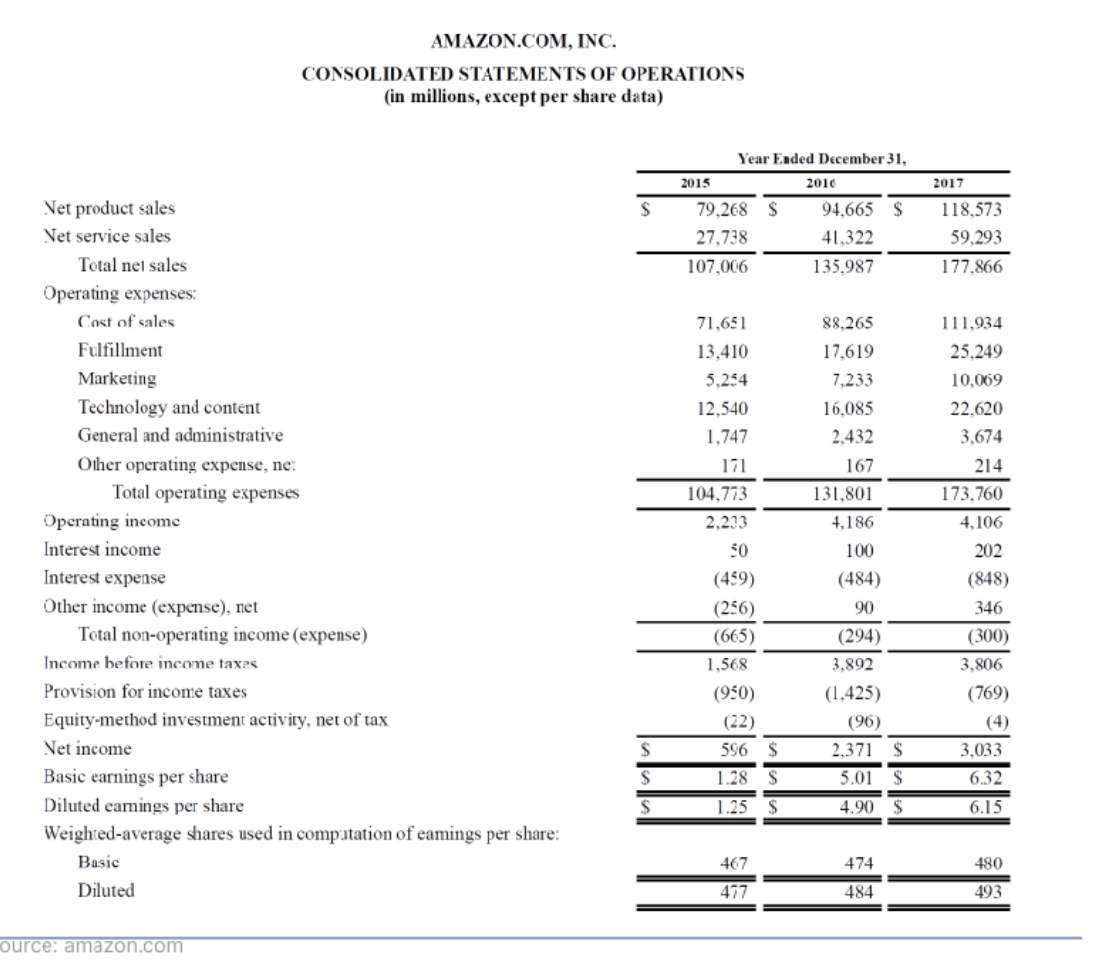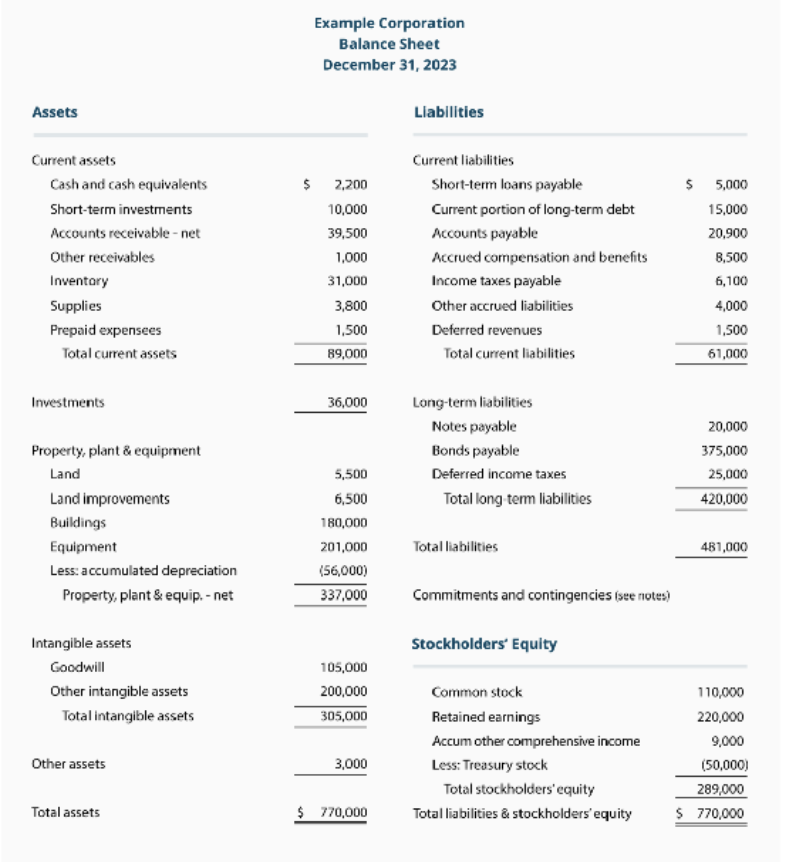Financial Analysis Final
Introduction to Financial Analysis
Accounting:
“Accounting is the process of identifying, measuring, and communicating economic information to permit informed judgments and decisions by the users of the information” - American Accounting Association
“A process that helps a business measure its profitability and solvency” - Language of business
Process of identifying, measuring, and communicating economic information to permit informed judgments and decisions by the user’s information. A process that helps a business measure its profitability and solvency.
Types of Accounting
Bookkeeping: Collected info, systematically
Financial Accounting: Cash flow, balance sheet, income statement
Managerial Accounting: Strategic info, budget, marginality, competition
Tax Accounting: Taxes a company has to pay
Types of business according to the purpose or objective of the organization
Profit Making: Offers goods or services to obtain an economic benefit known as income that is distributed amongst the owners (individual or stockholders)
Non-for-profit: Offer goods or services but does not expect to generate income
Governmental: Government agencies that belong to the state
Characteristics of the three forms of business organizations
Individual: Unincorporated business owned by a single owner and often managed by the same person
Partnership: Unincorporated business owned by two or more individuals associated as partners
Corporation: Business incorporated under the laws of a state and owned by a few stockholders. “Separate legal entity”
According to they types of activities performed by business organizations
Service Companies: Perform services for a fee. For example, accounting firms, legal firms, consultancy firms, dry cleaning establishments, etc.
Merchandising Companies: Purchase goods ready for sale and then sell them to customer, I.E, department stores, supermarkets, auto dealers, clothing stores, etc.
Specialized Sectors: Financial services, primary sector, agriculture, mining, oil, etc.
Primary objectives of any business
Profitability: Ability to generate income
Solvency: Ability to pay debts as they become due
Balance Sheet
Assets (property): Inventory, cash property of the company
Current Assets: Inventory, cash, banks (Activos circulantes, se pueden convertir en dinero mas rapido)
Fixed Assets: Buildings, estate, trucks (Activo no circulante)
Liability
Short-term liabilities: Provedores, cuentas (Deudas a pagar en menos de un año)
Long-term liabilities: Cuentas por pagar, L.P
Equity: Dinero de reserve
The Four Basic Financial Statements
Balance Sheet: Statement of financial position, lists the company’s assets, liabilities, and stockholders equity as at a particular point in time
Income Statement: Also known as profit and loss statement, is a financial report that shows the profitability of a business organization for a stated period of time
Statement of Cash Flows: Shows the chas inflows and outflows from operating, investing and financing activities
Statement of Retained Earnings: This report connect the balance sheet and the income statement. It shows the difference between net income and dividends paid to stockholders
Business Entity
A business organization that exists as an economic unit
A business organization that has an existence of its own, separate from its owners, creditors, etc.
A set of resources with a common goal that is achieved through a decision-making process
Financial Analysis
Financial Analysis is a process of reviewing the financial performance of an enterprise
By looking to this financial performance one can determine the viability, stability, and profitability of the company
This analysis involves breaking down financial data into meaningful insights using financial ratios, trends, and forecasts
The goal is to determine how well an organization is performing, identify areas for improvement, and predict future financial outcomes
Financial Analysis Provides
Decision Making
Performace Evaluation
Investment Assessment
Risk Management
Strategic Planning
Decision Making | Financial Analysis gives a foundation for making strategic business decisions, such as whether to invest in a company, expand operations, or cut costs |
Performance Evaluation | It helps assess the effectiveness of an organization’s management and operational strategies by comparing financial performance against industry benchmarks or historical data |
Investment Assessment | Inventors use financial analysis to determine whether a campany’s stock is undervalued or overvalued, guiding their investment preferences |
Risk Management | By identifying financial risks and vulnerabilities, financial analysis aids risk management strategies and helps mitigate potential losses |
Strategic Planning | It assists in formulating long-term strategies by forecasting future financial conditions and evaluating the potential impacts of different business decisions |
Key Components of Financial Analysis
Financial Statements
Financial Ratios
Financial Planning and Forecasting
Investment Analysis
Cost Management
Financial Statements |
| |
4 Main Financial Statements |
| |
Income Statement (Profit & Loss Statement) |
|  |
Balance Sheet (Statement of financial Position) |
|  |
Cash Flow Statement |
| 3 segments:
|
Statement of Changes in Equity |
| 4 sections:
|
Financial Ratios
Financial ratios are crucial tools used for analyzing an organization’s financial performance and stability
They provide insights into several aspects of a company’s profitability, liquidity, solvency, efficiency, and leverage
Financial ratios are generally derived from the financial statements: the Balance Sheet, the Income Statement, and the Cash Flow Statement
Profitability Ratios
Profitability Ratios are financial metrics used to evaluate an organization’s ability to generate profit relative to its revenue, assets or equity
These ratios help stakeholders understand how well a company is performing in terms of profit generation and are vital for assessing the financial health of a business
Gross Profit Margin | It measures the percentage of revenue that surpasses the cost of good sold (COGS) |  |
Operating Profit Margin | It measures the percentage of revenue remaining after covering operating expenses but before interest and taxes |  |
Net Profit Margin | It measures the percentage of revenue remaining after all costs, including interest, taxes, and operating costs |  |
Return on Assets (ROA) | It measures how efficiently an organization uses its assets to generate profit |  |
Return on Equity (ROE) | It measures the return on shareholders’ equity and indicates how effectively management is using shareholders’ resources |  |
Return on Investments (ROI) | It measures the return generated as investments to their |  |
Liquidity Ratios
Liquidity Ratios measure an organization’s ability to meet its short-term obligations and are essential for assessing financial health
These ratios reflect the company’s capacity to transform assets into cash to cover liabilities
Current Ratio | It measures an organization’s ability to pay short-term liabilities with short-term assets (cash, security, rent) |  |
Quick Ratio (Acid-Test Ratio) | The quick ratio assesses an organization’s ability to meet short-term liabilities without relying on inventory sales |  |
Cash Ratio | The cash ratio evaluates an organization’s ability to pay off short-term liabilities with cash and cash equivalents |  |
Operating Cash Flow Ratio | This ratio measures a company’s ability to cover short-term liabilities with cash generated from operating activities |  |
Net Working Capital Ratio | The net working capital ratio measures the amount of liquid assets available after paying current liabilities |  |
Solvency Ratios
Solvency ratios measure an organization’s ability to meet its long-term obligations and assess its overall financial stability
These ratios help investors and creditors understand whether an enterprise can sustain operations over the long term and manage its debt
Debt to Equity Ratio | The debt-to-equity ratio measures the proportion of a company’s total debt to its shareholders’ equity. It shows how much debt an organization is using to finance its assets compared to the equity |  |
Debt Ratio | The debt ratio measures the proportion of a company’s assets that are financed through debt. It shows the company’s leverage and financial risk |  |
Equity Ratio | The equity ratio measures the proportion of a company’s assets that are financed by shareholders equity. It reflects the percentage of assets funded by equity |  |
Interest Coverage Ratio | The interest coverage ratio measures an organization’s ability to pay interest expenses on its debt. It indicates how many times an enterprise can cover its interest obligations from its operating income |  |
Cash Flow to Debt Ratio | The cash flow to debt ratio measures the ability of a company’s cash flow from operations to cover its total debt. It shows how well a company can manage its debt obligations using cash flow |  |
Efficiency Ratios
Efficiency ratios measure how effectively a company uses its assets and resources to generate revenue and profits
These ratios give insights into operational performance and management efficiency
Understanding and analyzing efficiency ratios can help investors, creditors, and management evaluate an enterprise’s operational effectiveness and identify areas for improvement
Asset Turnover Ratio | The asset turnover ratio measures how efficiently an organization uses its assets to generate sales revenue |  |
Inventory Turnover Ratio | The inventory turnover ratio measures how many times an enterprise’s inventory is sold and replaced over a period |  |
Accounts Receivable Turnover Ratio | The accounts receivable turnover ratio measures how effectively an organization collects its receivables |  |
Accounts Payable Turnover Ratio | The accounts payable turnover ratio shows how quickly a company pays off its suppliers |  |
Leverage Ratios
Leverage ratios are financial metrics used to assess the degree to which a relies on borrowed resources to finance its operations and growth
These ratios provide insights into a company’s financial risk, stability, and ability to meet its long-term obligations
Capitalization Ratio | It shows the proportion of long-term debt relative to the total capitalization (long-term debt plus equity). It provides an indication of the long-term financial stability of the company |  |
Net Debt-to-Equity Ratio | Considers net debt (total debt minus cash and cash equivalents) relative to equity, offering a clearer picture of a company’s debt position after accounting for its liquid assets |  |
Debt-to-Assets Ratio | Like the debt ratio, this metric provides insight into the proportion of total assets financed through debt, highlighting the extent of financial leverage |  |
Gross Debt-to-EBITDA Ratio | Compares total debt (including short-term and long-term) to EBITDA, showing how easily a company can cover its gross debt obligations with its earnings |  |
Generation of Financial Information
The “generation of financial information” refers to the process of creating and compiling several types of financial data and reports to support decision-making, analysis, and communication within an organization or to external stakeholders
This process typically involves collecting, processing, and presenting financial data in a structured format
What involves generating financial information?
Financial information has 6 stages to be created, which are the following:
Data collection
Data Processing
Report Generation
Analysis and Interpretation
Communication
Compliance and Audit
Data Collection
For data collection we have three main aspects:
Source Identification: Identifying and gathering data from various sources, such as financial transactions, accounting records, and operational data
Data Entry: Recording financial transactions into accounting systems or spreadsheets
Verification: Ensuring the accuracy and completeness of the collected data
Data Processing
For data processing it is important to follow this order:
Classification: Sorting data into categories like revenue, expenses, assets, and liabilities
Aggregation: Summarizing data to form financial statements and reports
Analysis: Applying accounting principles and methods to process data (ex. adjusting entries, accruals)
Report Generation
For report generation financial experts elaborate:
Financial Statements:
Income statement: Summarizes revenue, expenses, and profits over a period
Balance Sheet: Provides a snapshot of assets, liabilities, and equity at a specific date
Cash Flow Statement: Shows cash inflows and outflows from operating, investing, and financing activities
Management Reports:
Detailed reports for internal use, such as budget vs. actual performance, variance analysis, and departmental financial performance
External Reports:
Annual Reports: Comprehensive reports for shareholder and the public, often including statements, management discussion, and analysis
Regulatroy Fillings: Reports required by regulatory bodies, such as SED filings for public companies
Analysis and Interpretation
For analysis and interpretation, we have the following:
Financial Analysis
Ratio analysis: Calculating financial ratios (ex. liquidity, profitability) to asses performance
Trend analysis: Analyzing historical data to identify patterns and trends
Variance analysis: Comparing actual performance to budgeted figures to understand deviations
Forecasting
Budgeting: Creating financial plans and projections for future periods
Scenario Planning: Developing different financial scenarios based on varying assumptions
Communication
A crucial aspect in generating financial information is how well it is communicated, there are two types of communications:
Internal Communication: Sharing financial information with management and staff to support decision-making and operational planning
External Communication: Presenting financial information to investors, regulators, and other stakeholders through formal reports and disclosures
Compliance and Audit
Financial information must have:
Compliance: Ensuring that financial information adheres to accounting standards and regulatory requirements
Audit: Reviewing financial information to verify accuracy and completeness, often performed by external auditors
Different tools and techniques to generate financial information
Three very important are:
Accounting software
Spreadsheet software
Data visualization tools